Search
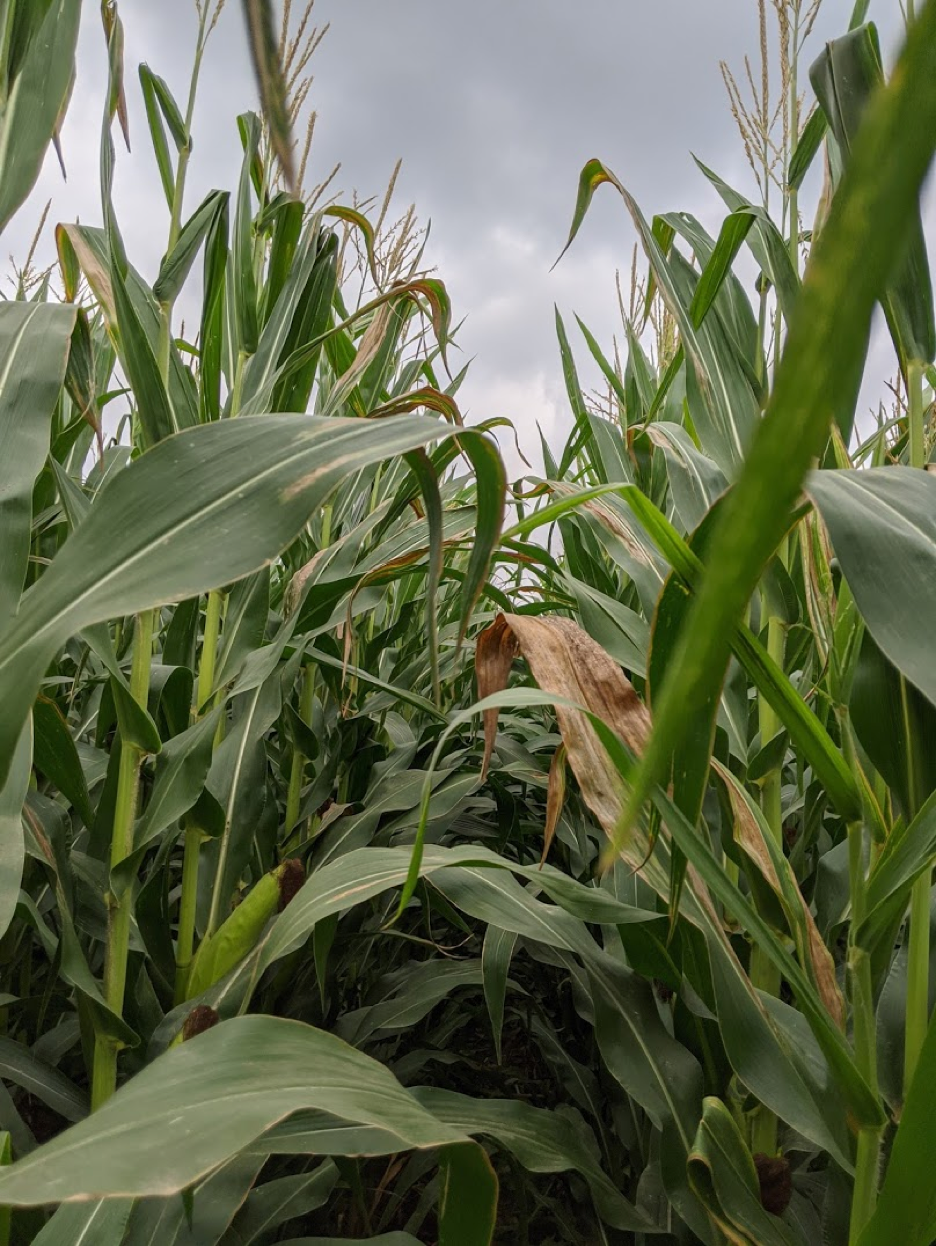
Goss's Bacterial Wilt and Leaf Blight of Corn
Fact sheet for identifying Goss’s bacterial wilt and leaf blight of corn, also known
as bacterial leaf freckles and wilt.

Crown Rust of Oats
Fact sheet on Crown Rust of Oats for agronomist and growers.

Best Management Practices for Sunflower Production
This is your unbiased, research-based guide to sunflower production, providing the latest recommendations to help increase yield, reduce input costs and protect your investment.
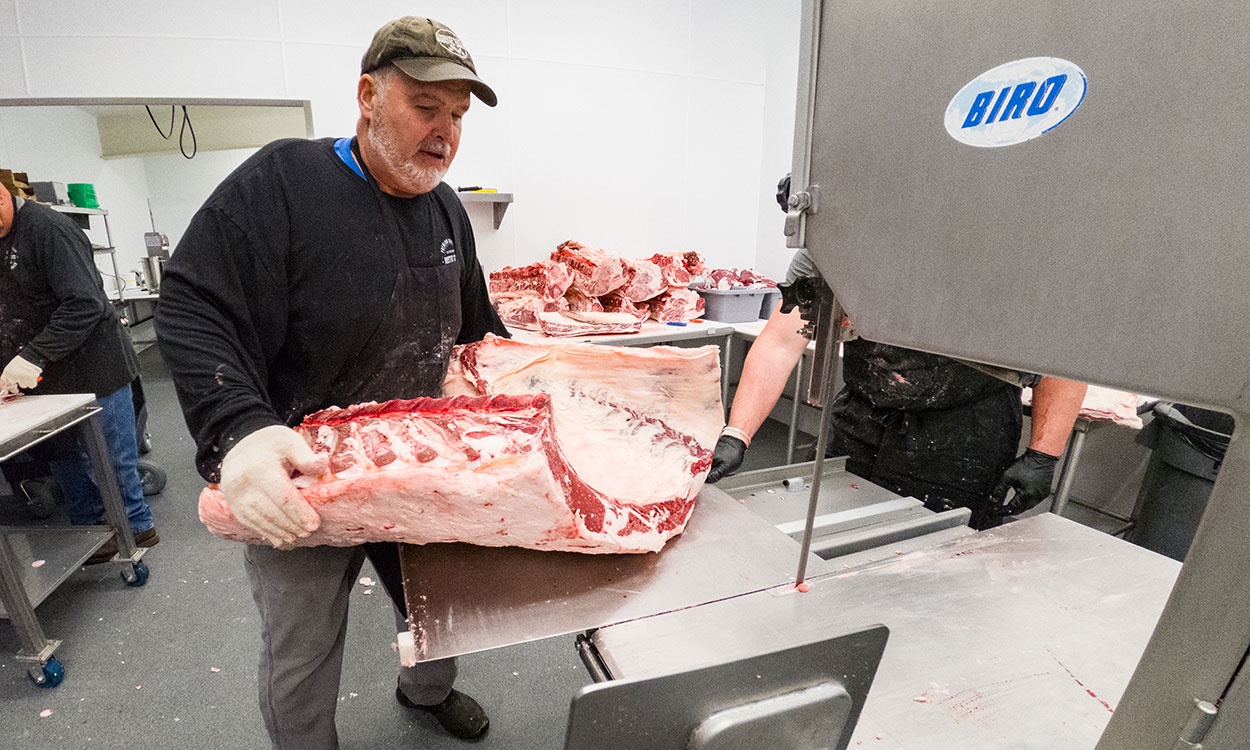
Expanded Meat and Poultry Processing Resources Available to S.D. Livestock Producers and Meat Processors
The USDA's commitment to creating a more-resilient, diverse and equitable meat and poultry processing system is making new opportunities for rancher-owned enterprises, worker-owned housing and other cooperative initiatives.
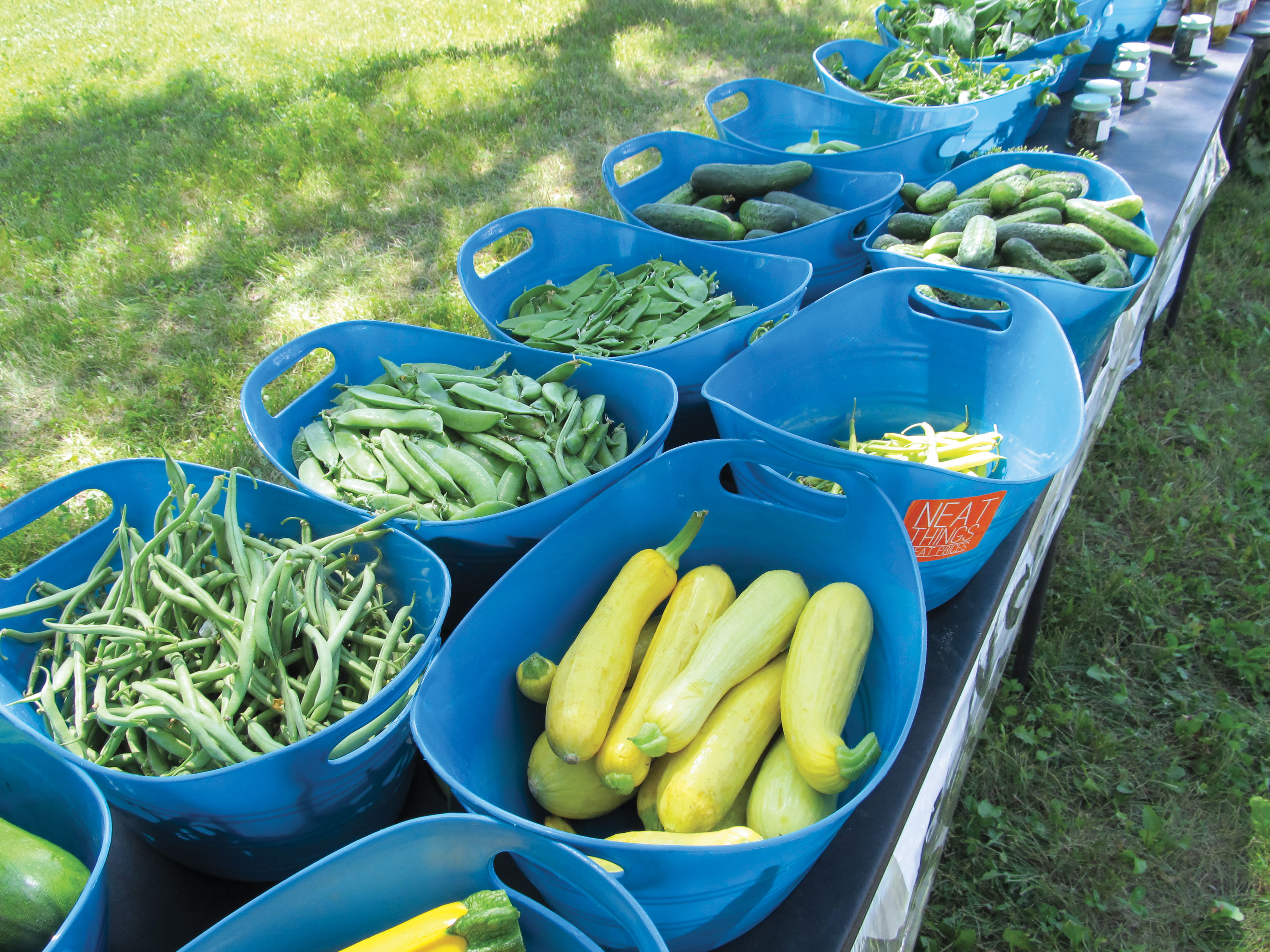
Food Safety for Farmers Markets
Food safety bulletins for farmers markets and other direct marketing vendors
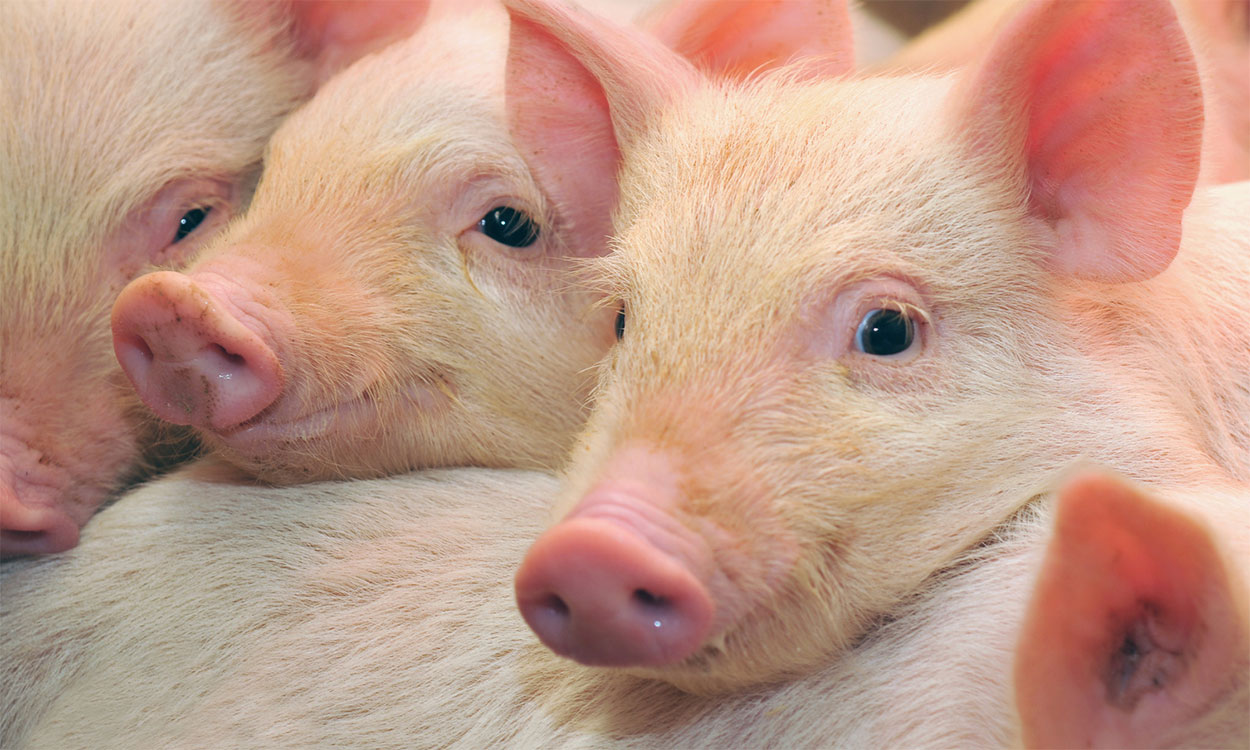
Love is in the air, but don’t kiss your pigs!
While Valentine’s Day is celebrated during the month of February, physical affection should be reserved for human companions and not your pigs! Learn some important safety considerations to help prevent zoonotic diseases when handling swine.
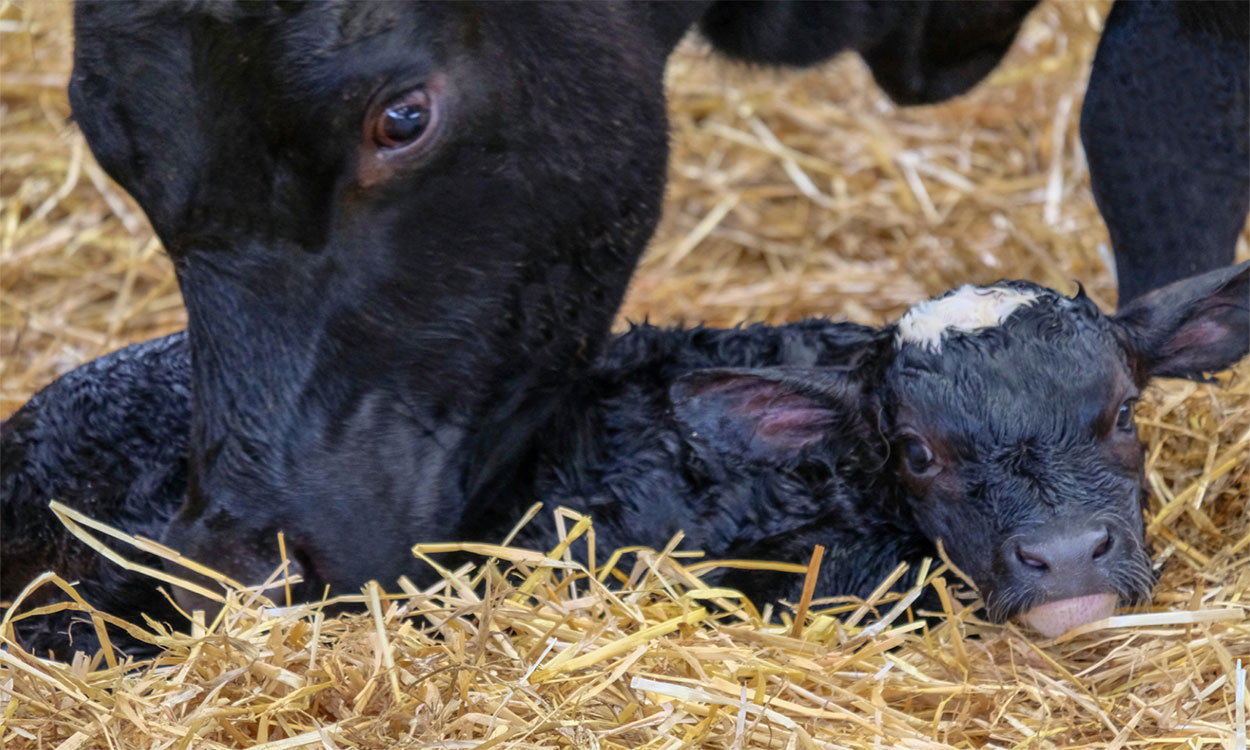
Calving in Dairy Cows: Step by Step
Calving is a critical time in the lifecycle of dairy cows and calves. Learn about the key stages of calving to help ensure healthy, high-performing cows and calves.

Neospora-Positive Status: Impact on heifers/cows and their calves
Neospora caninum is a protozoal germ that has the potential to affect reproduction in beef and dairy herds. Neospora-related reproductive problems can arise from two different kinds of infected cattle: 1) cows or heifers that became infected by eating contaminated feed, and 2) cows or heifers that were born with Neospora and pass it on to their offspring in utero.
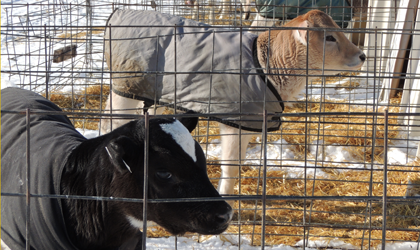
Dairy Calf Respiratory Disease: Treatment in the Aftermath of Cold Weather
Cold weather is not just hard on the people taking care of animals, it can be tough on the animals themselves. Consider respiratory disease (pneumonia) in dairy calves.